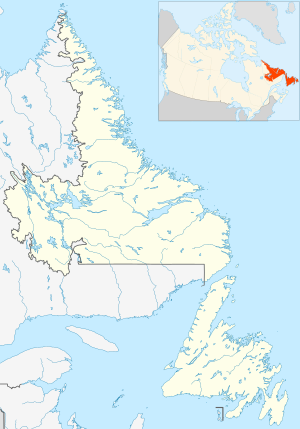
Cape Spear is a headland located on the Avalon Peninsula of Newfoundland near St. John's in the Canadian province of Newfoundland and Labrador. At a longitude of 52°37' W, it is the easternmost point in Canada and North America, excluding Greenland.

The Eleventh Air Force (11 AF) is a Numbered Air Force of the United States Air Force Pacific Air Forces (PACAF). It is headquartered at Joint Base Elmendorf–Richardson, Alaska.
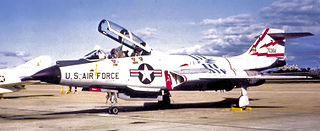
The 21st Air Division is an inactive United States Air Force organization. Its last assignment was with Tactical Air Command, being stationed at Griffiss Air Force Base, New York. It was inactivated on 23 September 1983.

The 64th Air Division is an inactive United States Air Force organization. Its last assignment was with Air Defense Command, being stationed at Stewart Air Force Base, New York. It was inactivated on 1 July 1963.

The Northeast Air Command (NEAC) was a short-lived organization in the United States Air Force tasked with the operation and defense of air bases in Greenland, Labrador and Newfoundland. It was formed in 1950 from the facilities of the United States established during World War II in Northeast Canada, Newfoundland and Greenland. It was discontinued in 1957.

Cross City Air Force Station is a former United States Air Force facility, located 1.6 miles (2.6 km) east of Cross City, Florida.

The 4732nd Air Defense Group is a discontinued United States Air Force organization. Its last assignment was with the 64th Air Division of Air Defense Command at Goose Air Force Base, Newfoundland, Canada, where it was discontinued in 1960. The group was formed in 1957 when ADC assumed responsibility for air defense of Newfoundland and Northern Canada from Northeast Air Command and controlled a fighter-interceptor squadron at Harmon and seven squadrons operating radars at dispersed locations. It was discontinued when Goose Air Defense Sector assumed responsibility for air defense of Newfoundland and Northern Canada.
The 4731st Air Defense Group is a discontinued United States Air Force organization. Its last assignment was with the 64th Air Division of Air Defense Command (ADC) at Ernest Harmon Air Force Base, Newfoundland, Canada, where it was inactivated in 1960. The group was formed in 1957 when ADC assumed responsibility for air defense of Newfoundland from Northeast Air Command and controlled a fighter-interceptor squadron at Harmon and two squadron operating radars at dispersed locations. It was discontinued when Goose Air Defense Sector assumed responsibility for air defense of Newfoundland.
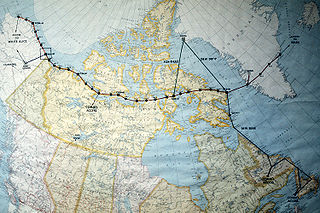
The 4733d Air Defense Group is a discontinued United States Air Force organization. Its last assignment was with the 64th Air Division at Frobisher Bay, Baffin Island, Northwest Territories, Canada, where it was discontinued in 1958. The group was formed in 1957 when ADC assumed responsibility for air defense of Northern Canada from Northeast Air Command, including support for remote Distant Early Warning Line radar sites. It also controlled two squadrons operating radars at dispersed locations. It was discontinued in 1958 and its DEW Line support mission transferred to the 4601st Support Group and its radar squadrons to the 4732d Air Defense Group in Newfoundland.

Aiken Air Force Station is a closed United States Air Force General Surveillance Radar station. It is located 6.4 miles (10.3 km) north-northeast of Aiken, South Carolina. It was closed in 1975.

Cape Charles Air Force Station is a closed United States Air Force General Surveillance Radar station. It is located 3.6 miles (5.8 km) south of Townsend, Virginia. It was closed in 1981. From 1941 to 1948 it was Fort John Custis of the United States Army Coast Artillery Corps. Since 1984 the site has been in the Eastern Shore of Virginia National Wildlife Refuge. For this article's purposes the term "Fort John Custis" includes the nearby Fisherman Island.

Hopedale Air Station is a General Surveillance Radar station that the USAF closed in 1968. It is located north of the community of Hopedale, Newfoundland and Labrador 147.8 miles (237.9 km) west-northwest of CFB Goose Bay, Newfoundland and Labrador, Canada.
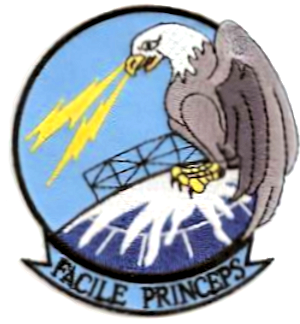
Red Cliff Air Station was a General Surveillance Radar station. The remains of which are located 5.8 miles (9.3 km) north-northeast of St. John's, Newfoundland and Labrador, Canada. It was closed in 1961.

CFS Resolution Island (BAF-5) is a short-range radar site. It is located 593 miles (954 km) north-northwest of CFB Goose Bay, Labrador on Resolution Island, Nunavut. It is part of the North Warning System. During the Cold War, it was operated as part of the Pinetree Line network controlled by NORAD.
Elliston Ridge Air Station was a General Surveillance Gap Filler Radar station in the Canadian province of Newfoundland and Labrador, It was located 74 miles (119 km) north-northwest of St. John's. It was closed in 1961.

Cut Throat Island Air Station was a General Surveillance Gap Filler Radar station in the Canadian province of Newfoundland and Labrador, It was located 160 miles (260 km) east-northeast of CFB Goose Bay. It was closed in 1961.

Spotted Island Air Station was a General Surveillance Gap Filler Radar station in the Canadian province of Newfoundland and Labrador, It was located 195 miles (314 km) east of CFB Goose Bay. It was closed in 1961.

Fox Harbour Air Station was a General Surveillance Gap Filler Radar station in St. Lewis in the Canadian province of Newfoundland and Labrador, It was located 210 miles (340 km) southeast of CFB Goose Bay. It was closed in 1961.
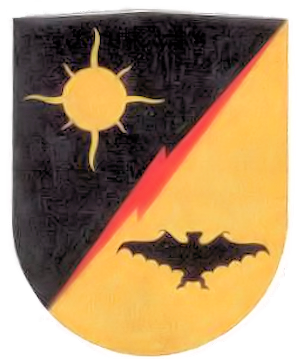
Fogo Island Radar Station (Quad) was a United States Army General Surveillance Ground Radar Early Warning Station in the Dominion of Newfoundland. It was built during World War II and responsible for monitoring air traffic from Gander to Goose Bay and into the Atlantic Ocean. It was located in Sandy Cove, Fogo Island 260 kilometres (160 mi) north-northwest of St. John's. It was closed in 1945.

St. Bride's Radar Station was a United States Army General Surveillance Ground Radar Early Warning Station in the Dominion of Newfoundland. It was built during World War II and responsible for monitoring air traffic from Naval Station Argentia to RCAF Torbay and into the Atlantic Ocean. It was located in St. Bride's, 135 kilometres (84 mi) southwest of St. John's. It was closed in 1945.


